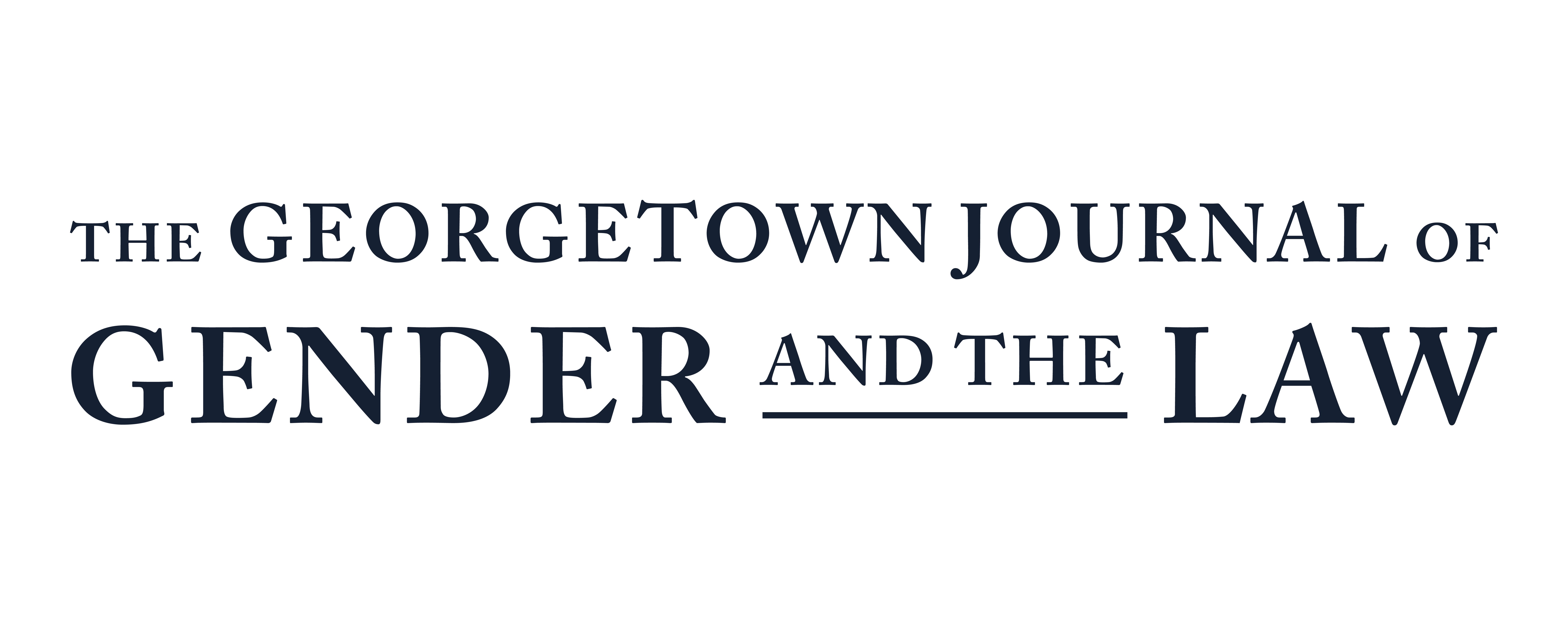Justice for None: The Potential Rise of U.S. Maternal Mortality Rates and Disparities as Fueled by Dobbs v. Jackson
Maternal mortality—the death of a person while pregnant or within forty-two days of the termination of pregnancy—is one of the United States’ most serious and devastating issues, especially when put in the global context, as the US has the highest maternal mortality rate among developed countries. In recent years, maternal mortality has also been on the rise—in 2021, the overall maternal mortality rate was 32.9 per 100,000 live births in comparison with 23.8 in 2020 and 20.1 in 2019. There are also significant racial and socioeconomic disparities within these rates, with non-Hispanic Black women being more than three times more likely to have a maternal death than White women. The Dobbs v. Jackson decision, which reversed Roe v. Wade in America and subsequently removed the right of pregnant people to terminate a pregnancy in the first two trimesters of gestation, is concerning for the outlook of the United States’ future maternal mortality rate. This Paper argues that, in a post-Dobbs v. Jackson world, 1) both the number and risk of pregnancies in the United States will increase, and 2) disparities in maternal mortality based on racial and socioeconomic class lines will also likely increase. While the recentness of the decision and the subsequent difficulty synthesizing data on this topic makes quantitative analysis difficult, this Paper provides qualitative analysis and an exploration of past and potential future trends supporting this thesis. To mitigate these issues, this Paper argues that Congress should codify Roe v. Wade or state legislatures should codify greater specificity into their abortion ban restrictions and exceptions, tax breaks and greater funds should be allocated to healthcare organizations with robust prenatal and reproductive care programs in underprivileged areas, and postpartum care should be strengthened to achieve more equitable outcomes.

